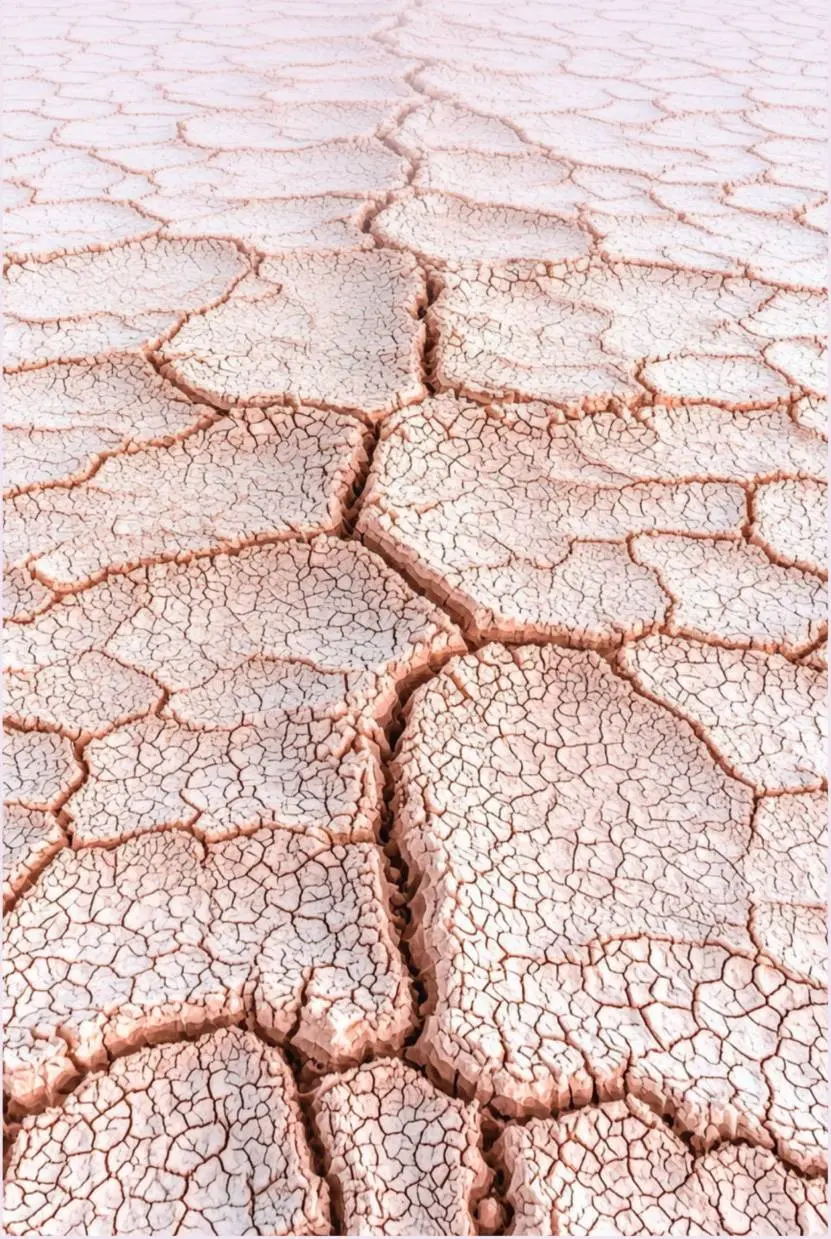The Evolution of Cosmetology
Fifteen to twenty years ago, cosmetology focused on addressing isolated concerns—such as hyperpigmentation or nasolabial fold correction. Today, it has become a systemic science that considers the root causes of aesthetic issues and employs comprehensive treatment protocols. One of its key objectives is maintaining optimal skin hydration. In this article, we’ll explore the differences between dry and dehydrated skin, diagnostic methods, and contributing factors.
Expert Insight
Natalia Mikhailova, MD, PhD, Dermatovenerologist, Cosmetologist, Scientific Director of the International Academy of Aesthetic Medicine (Moscow).
The Role of Water in Skin Health
Water is essential for cellular function. The dermis and living layers of the epidermis contain 60–80% water, while the stratum corneum holds only 10–15%. Even this small amount is critical for maintaining elasticity. Without adequate hydration, the skin’s integrity breaks down, much like parched, cracked earth.
Dehydration vs. Dryness: Key Differences
- Dehydration: A temporary condition caused by water deficiency. Can occur in any skin type (including oily).
- Dryness: A genetic trait characterized by insufficient sebum production.
In practice, these issues often coexist, requiring a multifaceted treatment approach.
Diagnosing Dehydrated Skin
Patients typically report the following symptoms:
- Persistent tightness (not just after cleansing).
- Flaking, roughness, and dull complexion.
- A shiny yet uncomfortable feel (common in oily but dehydrated skin).
- Frequent need to reapply moisturizer or a sensation that products “sit” on the skin.
- Fine lines in dynamic areas that temporarily improve with hydration.
Chronic water loss accelerates collagen and elastin degradation, leading to laxity and premature aging.
Causes of Dryness and Dehydration
- External Factors:
- Climate (UV exposure, low humidity, temperature extremes).
- Indoor heating and air conditioning.
- Harsh skincare: over-exfoliation, alkaline cleansers, abrasive scrubs.
- Skipping toners (disrupting pH balance).
- Overuse of mattifying products.
- Internal Factors:
- Medical conditions (diabetes, autoimmune disorders, hypothyroidism).
- Medications (e.g., retinoids, diuretics).
- Lifestyle habits (smoking, alcohol).
- Aging (menopause, declining hyaluronic acid synthesis).
- Deficiencies in fat-soluble vitamins (A, E) and omega-3/6 fatty acids.
The Epidermal Barrier’s Role
Dehydration often stems from a compromised lipid barrier, composed of:
- Corneocytes (the “bricks” of the stratum corneum).
- Lipids (the “mortar”: ceramides—40%, free fatty acids—20%, cholesterol—15%).
When this barrier is damaged, transepidermal water loss (TEWL) increases, leaving skin vulnerable.
The Acid Mantle—a protective film of sweat, sebum, and organic acids—maintains the skin’s pH (4.5–5.5). Elevated pH (seen in eczema or acne) exacerbates dryness and inflammation.
Conclusion
Dehydration is reversible, but without intervention, it progresses to chronic dryness and accelerated aging. Key solutions include:
- Barrier repair (ceramide-infused creams).
- Hydration (hyaluronic acid, glycerin).
- Environmental protection (SPF, humidifiers).
- Balanced nutrition and underlying health management.
Modern cosmetology offers personalized treatments, but success begins with identifying and addressing root causes.






